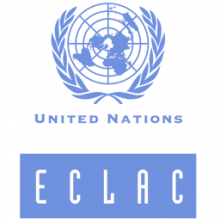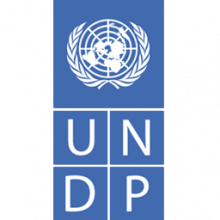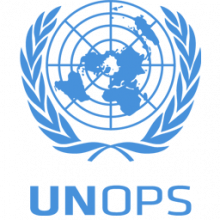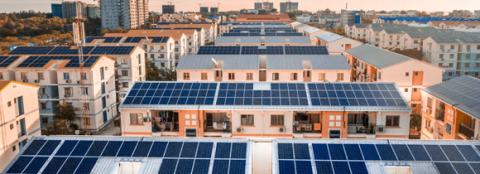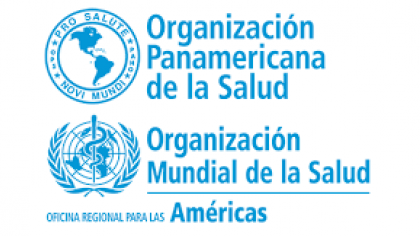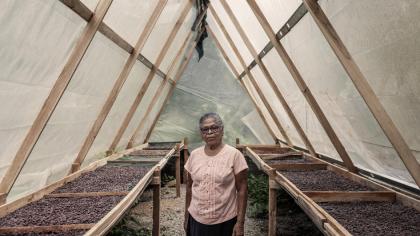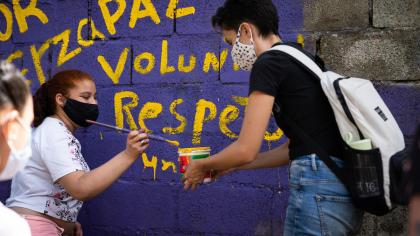
Description
Goal 11 is about making cities and human settlements inclusive, safe, resilient and sustainable.
Cities represent the future of global living. The world’s population reached 8 billion on 2022 over half living in urban areas. This figure is only expected to rise, with 70 per cent of people expected to live in cities by 2050. Approximately 1.1 billion people currently live in slums or slum-like conditions in cities, with 2 billion more expected in the next 30 years.
However many of these cities are not ready for this rapid urbanisation, and it outpaces the development of housing, infrastructure and services, which led to a rise in slums or slum-like conditions.
Urban sprawl, air pollution and limited open public spaces persist in cities.
Agencies, Funds and Programmes
Regional indicators
Activities
News
Publications
Information Tools
-
Resource TypeInfographics
-
-
